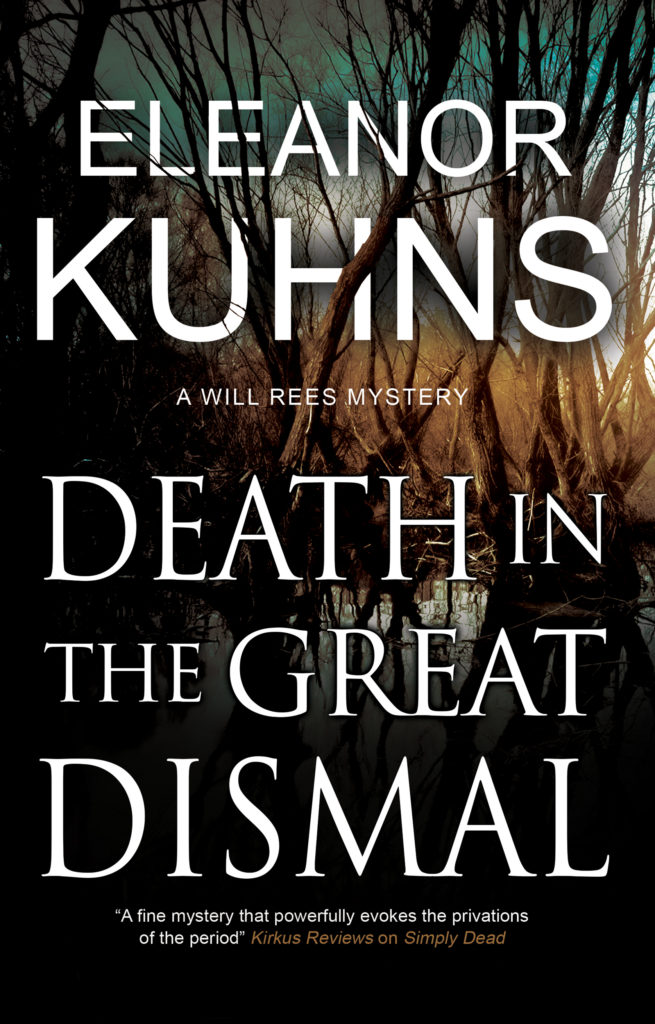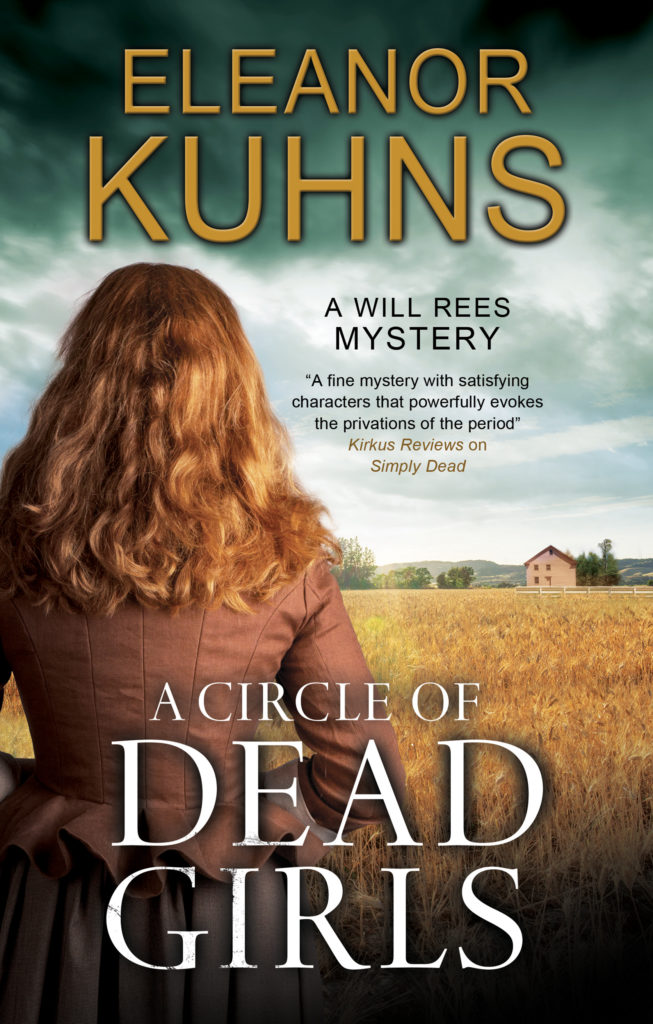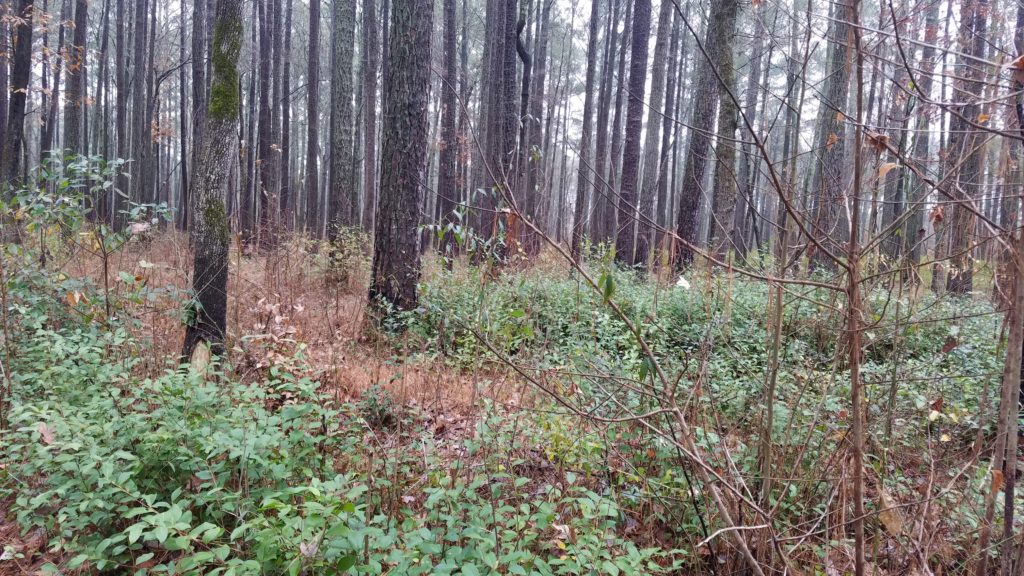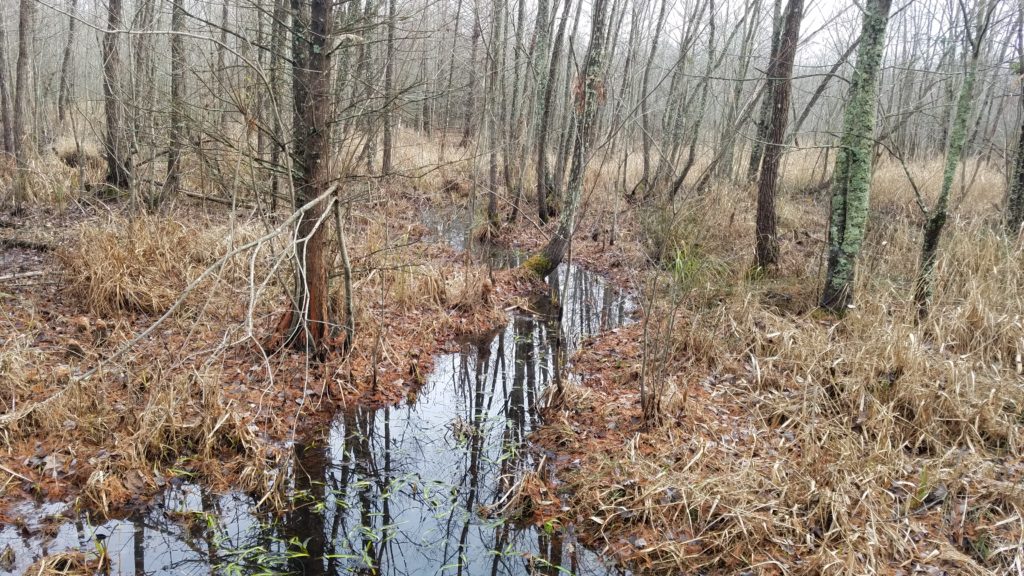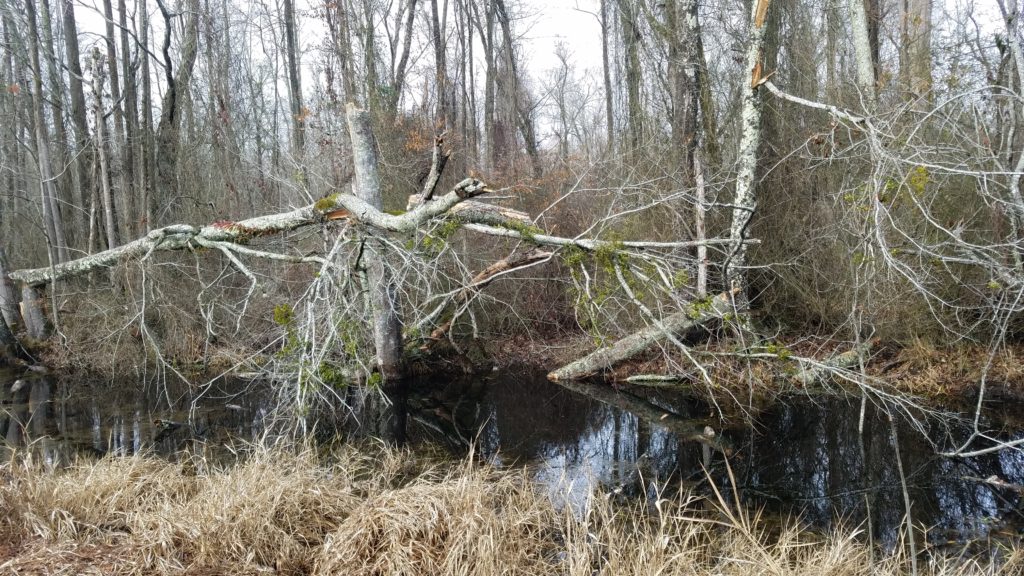In Murder, Sweet Murder, I continued looking at slavery in the United States, following Death in the Great Dismal and Murder on Principle. Since the importation of slaves was not forbidden until1808 (but there was plenty of smuggling through Spanish Florida as well as other slave ships that ignored the law. The Clotilda brought 110 children from Africa in 1859.), Rees’s father-in-law was still bringing in enslaved people during the Rees family’s visit to Boston.
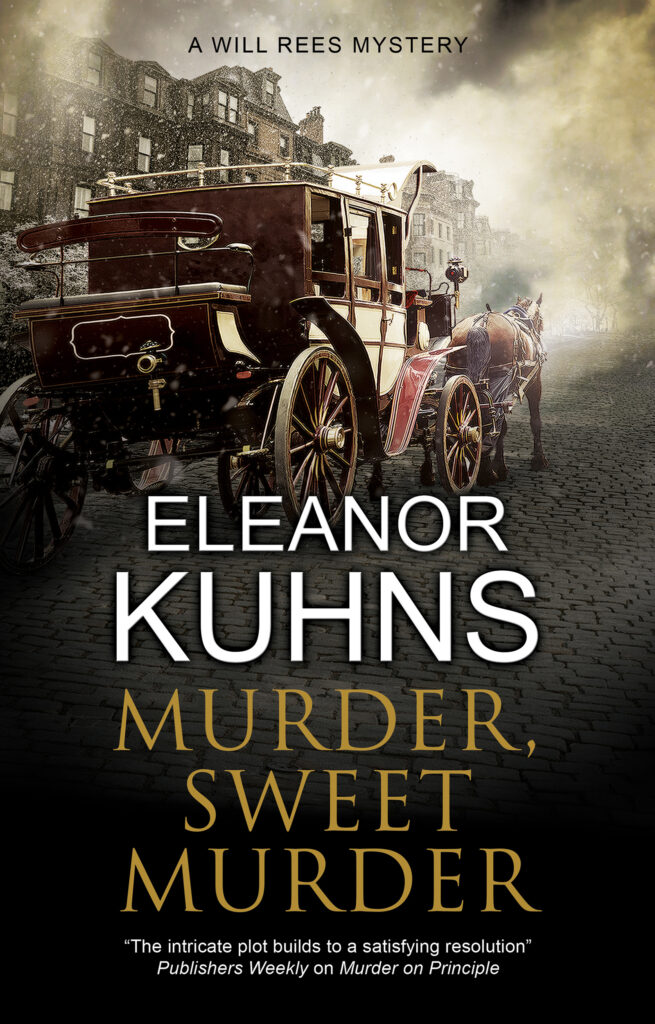
Lydia had already fled the family home, joining the Shakers in Maine as a young woman. This is where she met Will Rees. Now her brother James, a sea captain, is estranged from their father. James refuses to engage in ‘that filthy trade’, his words. Conditions on the ships were horrific.
It is commonly assumed that slavery was wholly a Southern institution. Nothing could be further than the truth. During the Colonial period and through the Revolution, slavery was widespread. However, after the War for Independence, states such as New York and New Jersey began passing laws to abolish slavery gradually. By 1804, all the Northern states had passed laws outlawing slavery, either immediately or incrementally.
No Southern states abolished slavery although individual owners freed their slaves.
The demand for slaves increased dramatically with the invention of the cotton gin and cotton became ‘King Cotton’. The rising demand for sugar also increased the amount of land on the plantations in Jamaica and the other islands devoted to sugar. Plantations that once grew indigo and cacao switched to sugar, as I describe in the mystery.
Both sugar and cotton exhaust the soil, so plantation owners looked west for fresh land. That, of course, amplified the conflict between the free states and the slave states and set the stage for the Missouri Compromise where Missouri entered the union as a slave state and Maine, formerly part of the Commonwealth of Massachusetts, as a free state.

